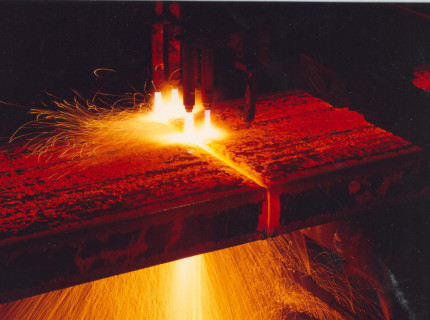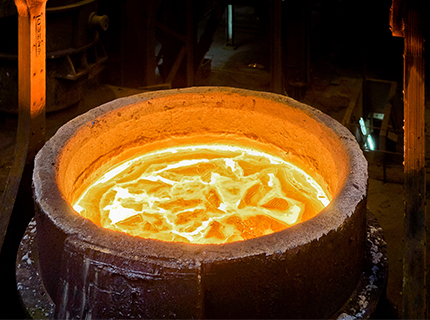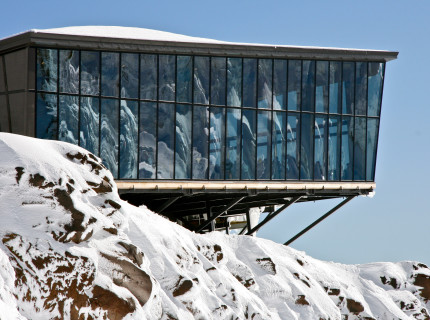- Steel can be engineered to precise specifications resulting in minimal on-site wastage.
- Steel is non-toxic, minimising health and safety risks.
- Steel products can be used to reduce a building's cooling and heating requirement, leading to a reduced load on energy infrastructure. NB: 90% of a building's potential energy savings are achieved in the "use" of the building during its lifecycle, and only 10% in its construction (source: United Nations Environment Programme presentation at the World Green Building Council in Monterrey, Mexico).
- Steel products are light and can be easily transported.
- Steel products have been used for more than 100 years in New Zealand for the catchment and storage of drinking water.
- Steel is the most recycled material in the world. In addition, many steel products are reusable.
- Steel is available with factory applied finishes for greater corrosion resistance and durability.
- Steel has minimal maintenance requirements and a long life.
- Steel is non-combustible.
- Steel has a high strength-weight ratio potentially allowing additions to buildings without having to alter foundations and the creation of wide spans, which provide greater flexibility in the use of the resulting spaces.
- Steel does not suffer any product degradation through endless recycling.
Advantages of Steel Building Products
Steel is lustrous, malleable, ductile, durable, strong and can be alloyed and coated to provide a range of products ideally suited to today's built environment. The advantages of using steel in building applications include:



